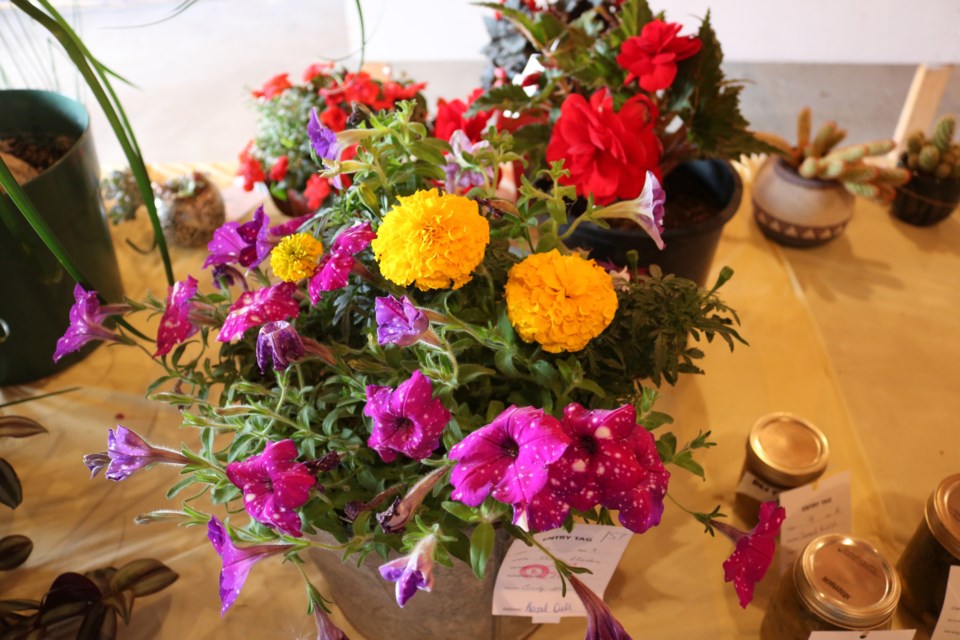YORKTON - While talking flowers one day with a dear friend, she commented to me that someone told her they didn’t like marigolds, considering them a second-class flower. I have heard that myself from someone else in the past, but it is so not true! Marigolds were one of Mom’s absolute favorite flowers, one of her first choices every garden season. Her top choice was “First Lady”, a variety that grew into a compact plant about twenty inches tall, and covered in tightly-ruffled flowers, just beautiful. So I would like to stand up and be counted in the marigold fan club, and tell you why they’re a great plant and worthy of growing.
First, some background. Marigolds belong to the big family “tagetes”, and there are over fifty different species of this versatile flower. There’s a marigold in every size for every gardener’s preference. The three main classes of the family are the French marigold, tagetes patula, and these are the lovely, low, clump marigolds that make such beautiful borders or drifts, growing about ten or twelve inches tall. Then there is the African marigold, tagetes erecta, and these are the tall members of the family that can grow two or three feet tall and are wonderful at the back of a flower bed, bringing height and great pops of color. Signet marigolds, tagetes tenuifolia, are the smaller, single marigolds that grow on compact plants.
Marigolds are one of the most un-fussy flowers that we can choose to use. They are easy to grow and will do well in almost any kind of soil, as long as there is good drainage. They are hardy and stand well against wind, (note that the very tall varieties might need a bit of staking, depending on their location) and they are tough survivors of drought. This year was the perfect test of that statement, and the marigolds continued to look lovely in spite of all the heat.
And talk about versatility! They are wonderful plants for containers, and do equally well planted out in the garden. They do not have the fragrance of some flowers, that is true, but their unique scent is also one of their best features, because it scares away some garden pests. I have read that it also repels deer. We can use marigolds as companion plants for tomatoes, peppers and potatoes.
Their bright colors range from butter yellow to bright yellow to orange, paprika and burgundy. The colors last as long as the flower, and won’t fade. They are a snap, literally, to dead-head. Just one quick twist and the flower head snaps off. Marigolds are also beautiful not only to gardeners but to beneficial pollinators that we want to attract to our gardens.
Marigolds will grace any planting from spring up until frost. Whatever other plants we grow, the marvellous marigold will do us proud, without fail!
If you haven’t yet seen the Yorkton and District Horticultural Society’s annual Fruit, Flower and Vegetable Show, please take a virtual tour and check it out! Visit the Society at www.yorktonhort.ca and see the 2021 entries. The virtual show is a good way to share our gardens and move forward in sharing our gardening interest. It has been a very challenging year for gardeners, with some disappointments due to drought, heat, and potato bugs.
Thank you to the gardeners who were such good sports and shared their plant photos for the Show. Thank you also to Keith who took the lovely photos for some of our gardeners, and to John, our webmaster, who patiently compiled all the photos into a great display. Thank you both!
As always, a bouquet of thanks to our friends at Yorkton This Week for their great work in bringing us local news. Gardeners, have a good week in your garden and be sure to wear a hat!





